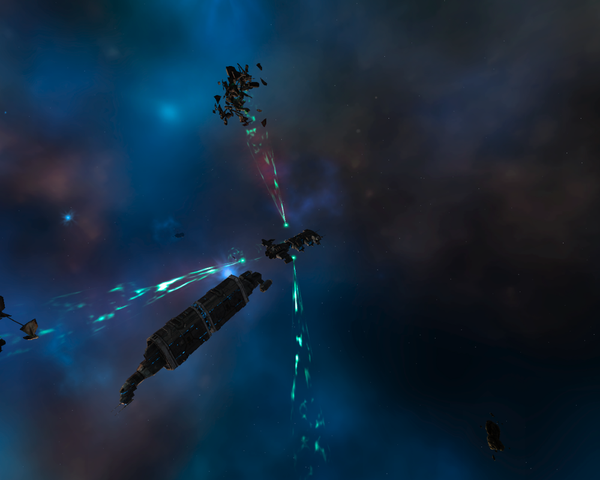Fancy a change of pace? Go planet hunting
You could find the next Star Wars planet... Chris Yates introduces you to the planet hunters

An iconic image from Star Wars: Episode IV is the double sunset on Luke Skywalker’s home planet Tatooine, which orbits a binary star. Not bad, but how about a quadruple sunset?
A recently discovered planet, PH1, orbits a binary star which is itself orbited by another binary star, the first example of this sort of system. The planet’s name is short for ‘Planet Hunters 1’ and is named after a citizen-science project based at Yale University, which was responsible for the discovery.
Planet Hunters was set up to help researchers get through the mountains of data being produced by
Planet Hunters was set up in 2010, and now has over 170,000 registered users who look at data collected over the course of a month to identify whether or not a planet may be present
NASA’s Kepler spacecraft. The most common method of discovering planets is to look for dips in the amount of light detected from a star caused by the planet passing between the star and the detector. However, doing this requireswading through vast quantities of data, and can take thousands and thousands of hours. Computer algorithms can help, but in many cases the human eye is better at spotting the tell-tale signs of a planet.
To speed up this process, Planet Hunters was set up in 2010, and now has over 170,000 registered users who look at data collected over the course of a month to identify whether or not a planet may be
Citizen science approaches have been widely used over recent years, such as in the protein-folding game Foldit, in which players attempt to fold protein sequences to identify the best possible structure
present. Kian Jek and Robert Gagliano did exactly that. Several other candidate planets have been discovered by the project, but PH1 is the first to meet the strict criteria needed to be officially classed as a planet.
PH1 has a radius of approximately 6 times that of Earth and circles the closest pair of stars every 137 days. The other pair of stars lies approximately 90 billion miles from PH1.
Citizen science approaches have been widely used over recent years, such as in the protein-folding game Foldit, in which players attempt to fold protein sequences to identify the best possible structure. While computational power is increasing, in many cases the human touch is still needed, and these crowd-sourcing approaches are able to use people on a large-scale to power discovery.








